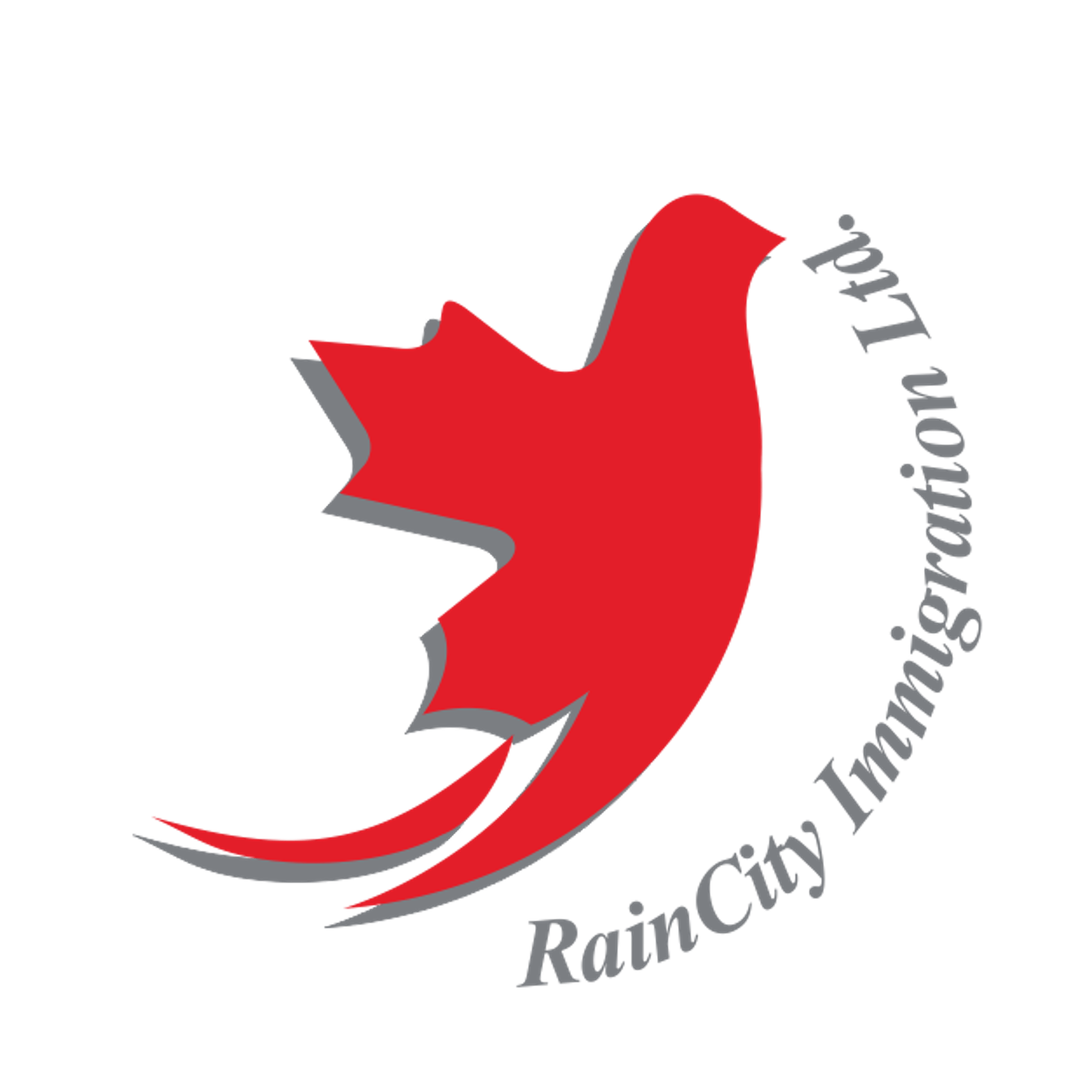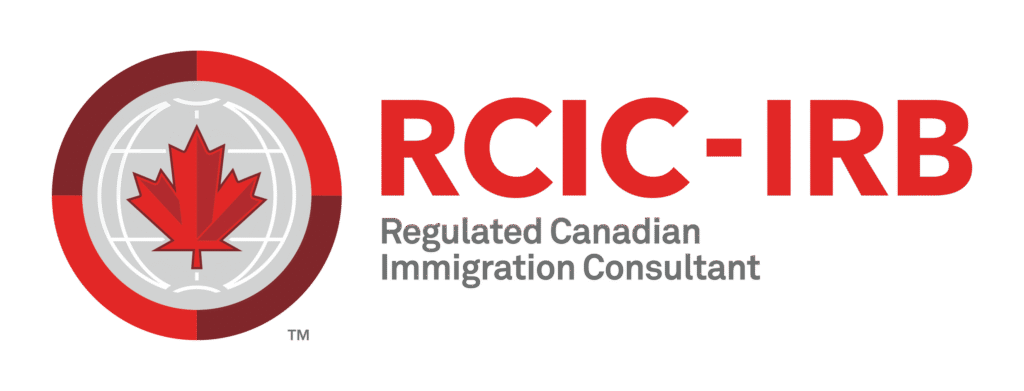Is Study, Work, and Immigrate Still a Viable Pathway to Canadian Permanent Residency?

Canada’s Express Entry system has become increasingly competitive in 2024 and 2025, which has led many international students to ask: Is studying in Canada still a reliable pathway to permanent residency (PR)?
The answer is yes—and in fact, the advantages of Canadian education have become more valuable than ever in today’s competitive immigration landscape.
Why Canadian Post-Secondary Education Provides an Edge
Studying in Canada doesn’t just offer academic growth; it provides immigration advantages that directly increase a candidate’s chances of becoming a permanent resident.
| Benefit of Canadian Education | How It Helps in PR |
|---|---|
| Additional CRS Points | Up to 30 CRS points are awarded for completing post-secondary studies in Canada. |
| CRS Points for Skill Transferability | Canadian work experience can combine with education and language proficiency for up to 100 additional CRS points. |
| Post-Graduation Work Permit (PGWP) & Bridging Open Work Permit (BOWP) | A PGWP allows graduates to gain Canadian work experience, helping them qualify for Canadian Experience Class (CEC) and other Express Entry draws. A BOWP ensures legal work authorization while a PR application is processed. |
| Networking with Employers | Job fairs, co-op placements, and community events help students connect with Canadian employers. |
| Provincial Nominee Programs (PNPs) | Many provinces offer international graduate streams dedicated to students who studied locally. |
| Employer Preference | Canadian education and work experience are highly valued in the Canadian job market. |
Maria’s Journey: From International Student to Permanent Resident
To better illustrate this pathway, let’s look at the example of Maria Hidalgo, a fictional applicant from the Philippines.
Age 21: Maria works as an administrative assistant in the Philippines. She applies to study psychology at the University of Toronto.
2019: She arrives in Canada on a study permit.
During her degree: She secures a summer internship at a mental health NGO.
2023: Maria graduates with a four-year bachelor’s degree and receives a three-year PGWP.
First year on PGWP: She gets a full-time role as a community service worker with the NGO.
After one year of work: She enters the Express Entry pool under the CEC program. Since her job is in social services, she also qualifies for healthcare and social services category-based draws.
Third year of work: Maria receives an Invitation to Apply (ITA) for PR. She applies, receives her Acknowledgement of Receipt (AOR), and gets a Bridging Open Work Permit (BOWP) to keep working while her PR application is processed.
Maria’s CRS Score (Two Years After Graduation)
| Factor | Maria’s Profile | CRS Points |
|---|---|---|
| Age | 26 | 110 |
| Education | Bachelor’s degree | 120 |
| Language (English) | CLB 9 | 124 |
| Canadian Work Experience | 2 years | 53 |
| Skill Transferability | Education + CLB 9 = 50 Foreign + Canadian work experience = 50 | 100 |
| Additional Points | Studied in Canada (4-year degree) = 30 | 30 |
| Total CRS | 537 |
➡️ With 537 CRS points, Maria easily surpasses the cutoff for the healthcare and social services category-based draws (470) and remains competitive in CEC draws (518–547).
Why “Study, Work, Immigrate” Remains a Strong PR Strategy
1. Additional CRS Points
Up to 30 CRS points for Canadian education (15 points for 1–2 years, 30 points for 3+ years).
This difference can be decisive in receiving an ITA.
2. PGWP and BOWP Advantages
PGWP: Open work permit for up to 3 years, enabling graduates to gain Canadian work experience.
BOWP: Extends work authorization while PR is in process.
3. Skill Transferability
Canadian work experience + strong language proficiency = up to 100 points in CRS.
Huge impact on competitiveness in Express Entry.
4. Employer Connections
Students can work 24 hours/week during studies and full-time during breaks.
Co-op programs, internships, and job fairs increase chances of employment.
5. Provincial Nominee Programs (PNPs)
Many provinces run international graduate streams.
Example: Ontario Immigrant Nominee Program (OINP) has a stream for graduates with a full-time job offer.
6. Preference in the Job Market
Canadian education and work experience make graduates highly attractive to employers.
Final Thoughts
While Express Entry has become more competitive in 2024–2025, the study-work-immigrate route continues to be one of the most effective and reliable pathways to Canadian PR.
International students gain education, Canadian work experience, CRS points, and employer connections, all of which combine to create a strong PR profile.
👉 If you are considering this route, the first step is to calculate your CRS score and see where you stand. From there, you can explore strategies—such as improving language scores, gaining more work experience, or pursuing provincial nomination—to boost your chances of success.

